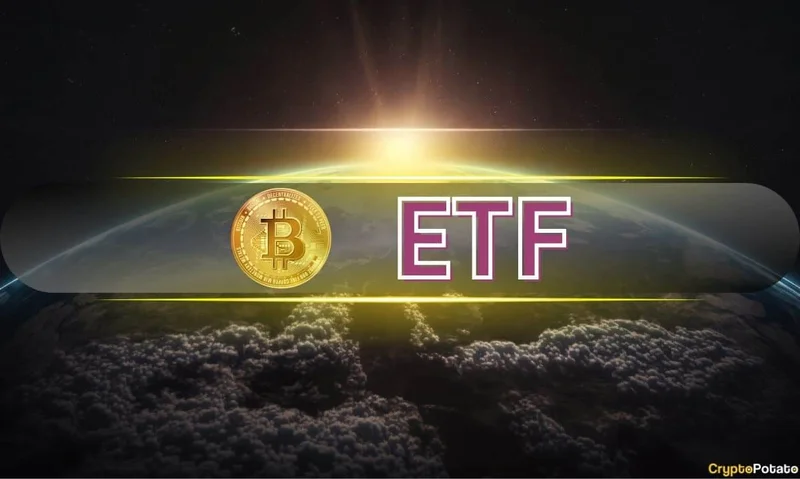XLM Insight | Stellar Lumens News, Price Trends & Guides
XLM Insight | Stellar Lumens News, Price Trends & Guides
You’ve seen the headlines. “Why October 2025 Will Go Down as the Most Cursed Month in Crypto.” “A Bloodbath in October.” And they aren’t wrong. The charts from early October 2025 look like a crime scene—a brutal, sudden plunge that vaporized fortunes and sent a shockwave of fear through the entire digital asset ecosystem. When I first saw the liquidation numbers—nearly $20 billion wiped out in a single day—I honestly just sat back in my chair, speechless. It was a purge of breathtaking scale, a financial hurricane that left no corner of the market untouched.
But as the dust has begun to settle, I see something else emerging from the wreckage. Something the panicked headlines are missing entirely. What if this catastrophic event wasn't the death of the bull market, but the violent, necessary birth of its next, more durable phase? What if we just witnessed the global financial system of tomorrow shedding its skin?
We're so conditioned to see red on a chart as failure. But in complex, adaptive systems—which is exactly what the crypto market is—stress is not just a bug; it’s a feature. It’s the mechanism for growth. This wasn't a system breaking; this was a system proving its resilience in the most spectacular fashion imaginable.
Let’s be clear about what actually happened on October 10th. The trigger, President Trump’s surprise tariff announcement, was almost incidental. It was simply the spark that ignited a bone-dry forest of over-leveraged speculation. For months, traders had been piling on debt to amplify their bets, creating a skyscraper of risk built on a foundation of sand. When the market sneezed, that entire structure came crashing down.
We’re talking about a $19.37 billion liquidation cascade—in simpler terms, it's a terrifying domino effect where forced selling by one collapsing trader triggers a price drop that forces the next trader to sell, and so on, and so on, until the entire market is in a freefall. Bitcoin plummeted from a fresh all-time high of $126,000 to nearly $105,000, while promising altcoin projects were decimated, falling 60, 70, even 80 percent. The Crypto Fear & Greed Index didn’t just dip into “Extreme Fear”; it took up permanent residence there.
This is the kind of event that tests the very soul of a technology. It forces us to ask the hard questions. Is this ecosystem just a casino? Is it all just a house of cards? For many, the answer in that moment was a resounding "yes." But they were looking at the flames, not at the fertile ground being cleared beneath them.

Here’s the part that gives me profound optimism. The system held. The Bitcoin network didn’t halt. Decentralized finance protocols, while stressed, continued to operate as programmed. There was no bailout, no central authority to pause trading. There was only the code, executing flawlessly under pressures that would have buckled traditional financial plumbing. This brutal, chaotic event was the most powerful stress test imaginable, and the core infrastructure passed.
Now, look at what’s happening. As of this week, Bitcoin isn't languishing at its lows. It’s consolidating, building a new base around the $111,000 to $117,000 range. Analysts like Michaël van de Poppe are already calling this a “routine dip,” and the conversation is shifting back toward what’s next—with Ali Martinez pointing out that a break above $120,000 opens a clear path toward $143,000. The speed at which the market has absorbed this historic shock, flushed out the unsustainable leverage, and begun the process of healing is just staggering—it means the gap between a near-death experience and the next wave of growth is closing faster than we can even comprehend.
This reminds me so much of the dot-com bubble in the early 2000s. The crash was devastating. Companies with flimsy business models vanished overnight. But did the internet die? Of course not. The crash cleared out the noise and allowed the real, foundational companies—the Amazons, the Googles—to build the future on solid ground. This is crypto’s dot-com moment. A painful, but ultimately healthy, reckoning that separates the speculators from the builders.
Of course, this moment also comes with a profound sense of responsibility. We can’t ignore the fact that 1.6 million traders were liquidated. This volatility underscores the urgent need for better user education and more robust risk management tools within the ecosystem. We have a duty to build a system that is not only resilient but also accessible and safer for the everyday people who believe in its promise. What kind of guardrails should we be building to protect the next generation of users from these kinds of systemic purges? How do we balance radical freedom with responsible innovation?
The market has been reset. The tourists, drawn in by the promise of easy money, have been sent packing. What’s left is a stronger, leaner, and more battle-hardened foundation. The people still here are the ones who understand the technology, who believe in the vision of a decentralized future, and who are ready to do the hard work of building it.
Forget the obituaries. What we just witnessed wasn't an ending. It was the price of admission. Building a new global financial system from the ground up was never going to be a smooth, linear journey. It was always going to be a chaotic, volatile, and often painful process of creative destruction. This purge, as brutal as it was, fortified the entire ecosystem. It proved the network's resilience, eliminated systemic risk, and handed the keys back to the long-term believers. Now, the real work begins.